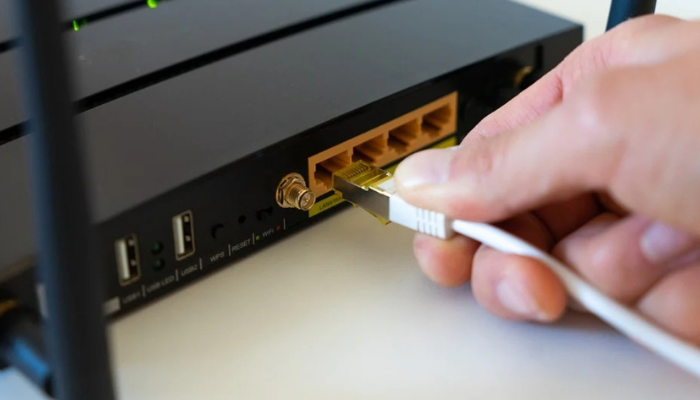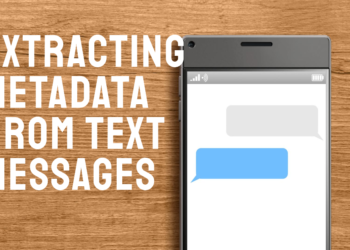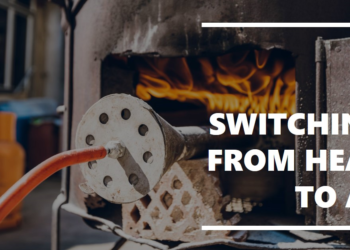Learn about Benefits of Using VDSL. Discover the benefits of VDSL, from faster browsing and enhanced productivity to reliable streaming. Learn how VDSL compares to fiber optic and cable internet.
Introduction
The Technology VDSL offers high-bandwidth internet access through existing copper telephone infrastructure using the Very-high-bit-rate Digital Subscriber Line interface. VDSL represents an advanced level of ADSL (Asymmetric Digital Subscriber Line) technology that allows faster data transmission. Thanks to its ability to execute over existing phone lines VDSL delivers high-speed internet service to residential and commercial facilities without additional construction requirements.
Key Points About VDSL
Faster Than ADSL
Users benefit from VDSL speeds that reach peak downstream 100 Mbps although they do not match its upstream speeds. Users who stream content or play games can take advantage of its high speeds for performing such demanding tasks because VDSL provides improved performance than legacy DSL connections.
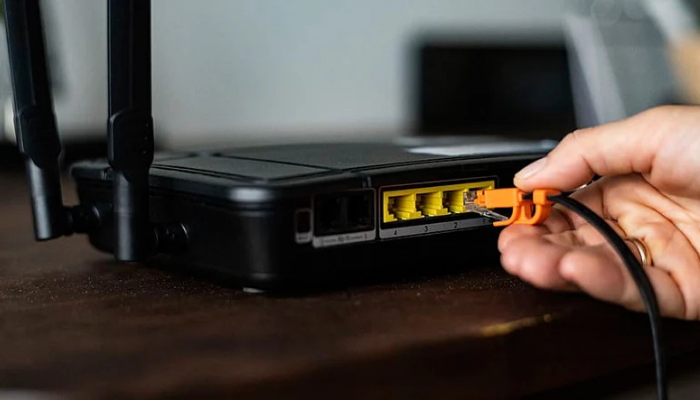
Limited by Distance
The performance of VDSL connections decreases when serviced locations become farther from DSLAM equipment. Distances toward the exchange determine connection speeds so locations closer to the main point provide better results. Signal distance plays an important role in decreasing internet speeds so VDSL reveals reduced effectiveness towards distant rural population areas.
Suitable for Moderate Usage
The VDSL technology delivers optimal performance for average internet activities that include high-definition streaming along with browsing and video conferencing. This connection provides dependable speeds that suit everyday requirements and small businesses and residential homes sleekest performance without reaching the speeds of gigabits.
Benefits of Using VDSL
- Faster Browsing: Film uploads and page browsing become speedier through VDSL because its speed performance exceeds traditional ADSL speeds. With VDSL you achieve better efficiency in your online tasks including website traversal and email access because it speeds up all internet responses.
- Enhanced Productivity: The reliable connection system combined with fast speeds in VDSL makes it an excellent choice for remote office work along with video meetings and cloud application duties. VDSL technology gives you instant response times and swift upload/download speeds enabling effective teamwork and efficient task sharing during your entire workday.
- Improved Entertainment: Your streaming entertainment benefits from uninterrupted high-definition content delivery that includes 4K video playback at all times. With VDSL’s reliable connection speeds you can enjoy movies and content without moments of buffering or image loss and still receive smooth high-definition viewing.
- Multiple Devices: With its ability to support multiple simultaneous connections VDSL proves to be an ideal choice for environments serving both residential needs and business activities. With VDSL the connectivity stays reliable when several devices play videos, games, or series at once.
How VDSL Works
VDSL sends data through the process known as frequency division multiplexing. Instead of one chunk of bandwidth, this approach splits it up into various parts known as bands, and this band sends in various signals of different frequencies, carrying varied forms of traffic like voice and video or other internet-related activities.
It transmits data at maximum speed downstream to 100 Mbps and upstream up to 30 Mbps based on distance from DSLAM. The more a user is close to the DSLAM, the faster the speed of connection is going to be.
At higher distances, the signal deteriorates and yields lower speeds. The distance range at which VDSL is applied typically goes up to 1,000 meters and offers a much better alternative for performance as compared to traditional DSL.
Alternatives to VDSL
1. Fiber Optic
Fiber optic internet delivers high-speed data service by directing light signals across glass or plastic cables. The technology delivers transfer rates exceeding 1 Gbps along with higher reliability levels when compared to DSL or VDSL traditional connections. This connection technology functions optimally for heavy consumption tasks including live streaming video gaming and big file transfers.
Features of Fiber Optic
- Speed: With such speeds as 1 Gbps and much more, fiber optic internet does offer some of the fastest speeds around. This can easily provide great streaming and large file downloads while giving consistent performance to multiple devices simultaneously.
- Stability: The speed performance of fiber optic connections remains constant regardless of transmit range. These services provide superior performance because they function independently from electromagnetic disturbances and weather conditions while maintaining high quality.
- Sustainability: Energy-efficient fiber optic networks together with lower environmental effects make them superior to older copper cable technology. After minimal upkeep and great operational duration fiber optic systems prove superior to traditional internet infrastructure for sustainable long-term adoption.
2. Cable Internet
Cable internet is delivered through coaxial cables and is often bundled with TV and phone services. It is available in most urban and suburban areas, offering higher speeds than DSL or VDSL. It is not as fast as fiber, but it’s a good option for general home internet use.
Features of Cable Internet
- Availability: Cable internet is accessible in most urban and suburban areas, and in many places, it is part of a package of services including television and telephone. This is a very common option for many homes in regions because of its accessibility, speed, and ease of getting internet services.
- Speed: Typical cable internet speed is between 25 Mbps to 1 Gbps, based on the respective plan and the provider. These speeds provide more than enough connections for general everyday browsing, streaming, and gaming; however, peaks in usage during the day are expected to occur.
Who Might Not Want VDSL
- Heavy Users: VDSL may not be suitable for heavy internet users requiring ultra-fast speeds, such as streaming 4K content, uploading large files, or simply playing cloud games. Fiber-optic or cable internet with significantly higher speeds is better suited to these demanding users.
- Rural Areas: VDSL has a degraded performance with distance from the exchange and is therefore less suitable for those in rural locations. People living farther from DSLAMs may be faced with slower speeds, leading to unreliable connections. In such places, one would be better off opting for fiber-optic or satellite internet.
Limitations of VDSL
1. Copper Line Quality
The delivery infrastructure for VDSL uses existing telephone copper wires that differ in integrity levels. Deterioration of copper lines through poor quality results in unstable network connections paired with performance-slowing speed drops making VDSL perform poorly in older settings.
2. Copper Line Length
The signal strength of VDSL declines directly proportionate to the extension of the copper connection. The increased distance to the exchange marks a rapid slowdown in performance thus making VDSL an ineffective connection mode for users placed at long distances from the central office.
3. Electrical Interference
The signals used by VDSL networks face interference problems when conducted alongside electrical system devices and other network signals operating on those same copper wires. Network performance suffers from reduced speeds alongside decreased stability and enhanced latency when users encounter excessive signal interference during busy periods.
4. Signal Attenuation
The signal thins down when moving through existing copper wiring infrastructure. Over greater distances signal attenuation decreases signal strength which limits VDSL connection distances leading to lower performance consistency and speeds.
5. Performance Degradation
Distance between a user’s equipment and the DSLAM leads to decreased performance of VDSL. Users located further away from the VDSL exchange will experience reduced speed performance making VDSL an inappropriate choice for extensive areas and homes situated outside its central service boundaries.
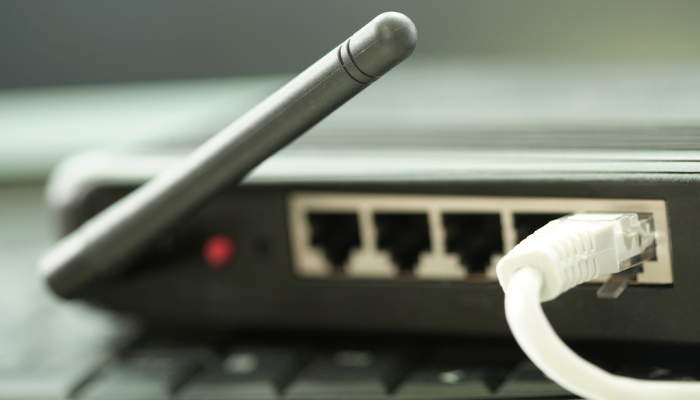
How to choose a VDSL plan?
1. Contact your ISP
Call your internet service provider to learn about VDSL offers in your area. Get detailed information regarding speed capabilities together with pricing plans and promotional deals. Internet service providers will steer you toward plans that match your specific location demands.
2. Compare plans
Choose VDSL plans based on their speed capacities and cost rates alongside their allocated data. Find internet deals that bring you excellent value while matching your online usage needs. Your current and future online activities must be included in your selected VDSL plan.
3. Check your line quality
Test the condition of your copper telephone line through assessment. Your VDSL speeds will take major hits when you have subpar line conditions. You should call your ISP about improving your network infrastructure or examining options for line quality improvement if your current infrastructure causes problems.
4. Consider future needs
Consider what internet needs you will have in the future when selecting your plan. Your choice of plan needs to match future internet usage because you want speeds and bandwidth that will support 4K streaming and additional devices. A carefully chosen connection will stay dependable when your usage expands.
Conclusion
The VDSL system serves well those who need average internet speeds because it provides quick transmission with dependable service while handling streaming content and site browsing alongside video calls. Performance becomes weaker when users move beyond its immediate operating area and rural users might experience reduced speeds. Remote residents who need extensive data usage should choose between fiber optic or cable internet networks as their ideal solution.

